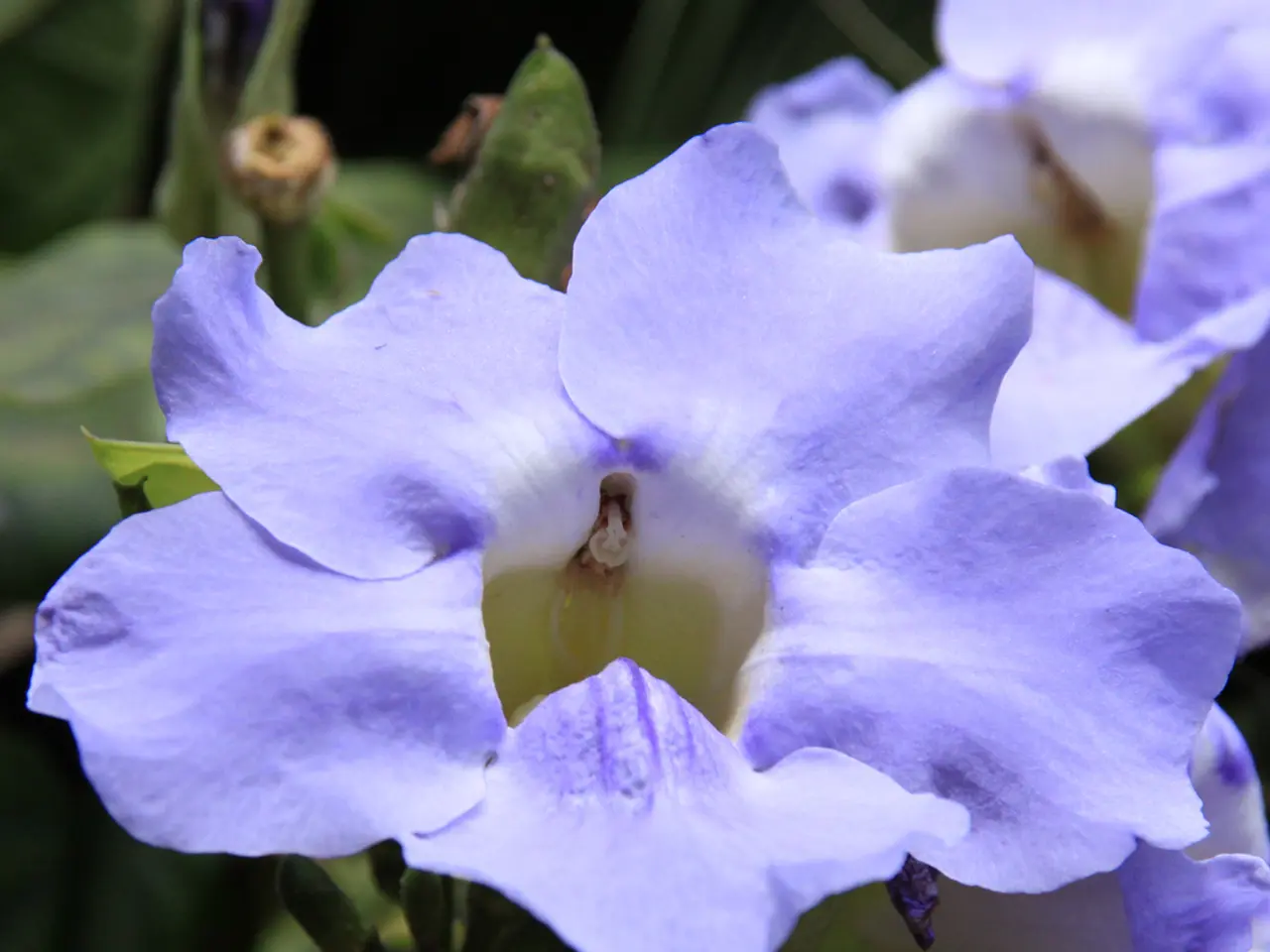Top 10 Flowering Plants Ideal for Sunlit Afternoons
In the quest for a beautiful, resilient garden, selecting the right plants is crucial. For those areas that receive 4-6 hours of direct afternoon sun, here are ten perennials that not only flourish but also add a touch of charm to your landscape.
- Coneflowers (Echinacea) are tough, heat-loving perennials with long-lasting blooms from midsummer to frost. Preferring lean soil and tolerant of drought once established, coneflowers are a popular choice for gardeners seeking hardy, sun-loving plants.
- Black-eyed Susans (Rudbeckia) are cheerful gold and dark-centered flowers that fill the garden and tolerate drought well. These vibrant blooms thrive in full sun and well-drained soil.
- Butterflyweed (Asclepias tuberosa) is a full sun adaptable plant with bright orange flowers and a deep taproot. Grows well in sandy or rocky soil, making it an ideal choice for those with less fertile soil.
- Coral Bells (Heuchera) offer colorful foliage in part sun to full sun conditions. They tolerate heat and drought better in some afternoon shade and well-drained soil.
- Turtlehead (Chelone) boasts tubular pink or white blooms in late summer to fall, thriving in sun, part sun, or bright shade with consistent moisture.
- Lobelia (Perennial species) prefers part sun to sun with evenly moist soil and attracts pollinators like hummingbirds and bumblebees in midsummer.
- Lavender (English Lavender) requires full sun and well-drained soil, offering aromatic leaves and purple flower spikes.
- Feather Reed Grass is a drought-tolerant ornamental grass that handles full sun well.
- Little Bluestem is a native grass species adapted to full sun and drought conditions.
- Cheddar Pink (Dianthus) is a sun-loving and drought tolerant perennial with fragrant blooms.
To ensure these perennials thrive in afternoon sun conditions, follow these key guidelines:
- Prepare the soil by loosening 12–15 inches deep and amending with organic compost or aged manure to improve fertility, water retention, and drainage.
- Maintain consistent moisture, especially early after planting or during dry spells, but avoid overwatering.
- Provide space per plant label recommendations to ensure good airflow, which helps prevent fungal diseases and root rot.
- Plant in spring or fall for better root establishment and stronger performance the next season.
- Deadhead spent blooms on flowering perennials to encourage longer flowering periods.
- Mulch to conserve soil moisture and keep roots cool if afternoon sun is very hot.
- Monitor for pests and diseases, although many sun-loving perennials are naturally resilient.
By selecting drought and heat-tolerant perennials and following these guidelines, you can create a beautiful, low-maintenance garden that thrives in the afternoon sun. Examples like coneflowers, black-eyed Susans, butterflyweed, coral bells, and turtlehead provide both ornamental value and resilience under these conditions.
- For home-and-garden enthusiasts who also take an interest in home-and-garden task such as gardening, consider incorporating sun-loving perennials like coneflowers, black-eyed Susans, and butterflyweed into your landscaping.
- To enhance your lifestyle and home-and-garden with the addition of a captivating, sunny garden, follow our tips for planting drought and heat-tolerant perennials, such as choosing the right plants, preparing the soil, and maintaining proper watering levels.




